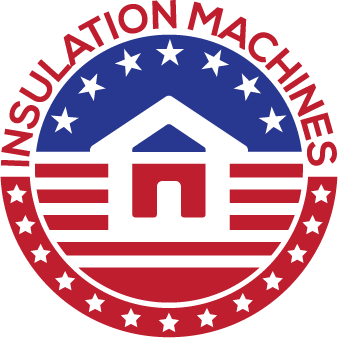Attic Insulation

For a home to be energy-efficient & cost-effective, proper attic insulation is the first thing to consider. Heat rises & escapes through cracks & gaps in the roofing system during the cold months.
If your utility bill is high, it is likely that the attic is not properly insulated. You can spot check if you need more insulation in the attic by looking across the attic. If you see any joists, then your attic is under insulated. Proper insulation will make the attic air-tight, well-ventilated, & moisture & condensation free.
Loose-fill Insulation, such as fiberglass, mineral wool, or cellulose is best for insulating attics. The material is sprayed into the attic using an insulation blower. Rulers are placed at different places in the attic to help the insulator judge the depth correctly & to spray evenly.
It is best to have a professional weatherization contractor to assess the attic. They will check for proper depth, ventilation & damaged insulation that may need to be removed.
